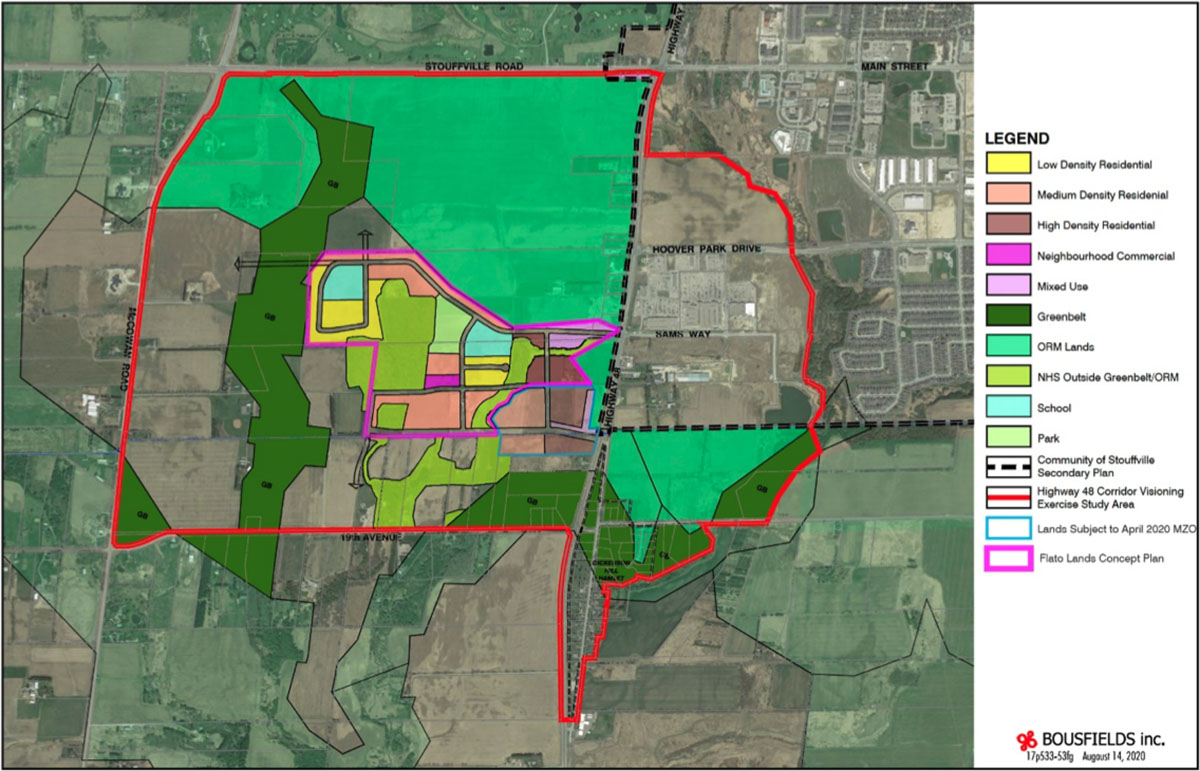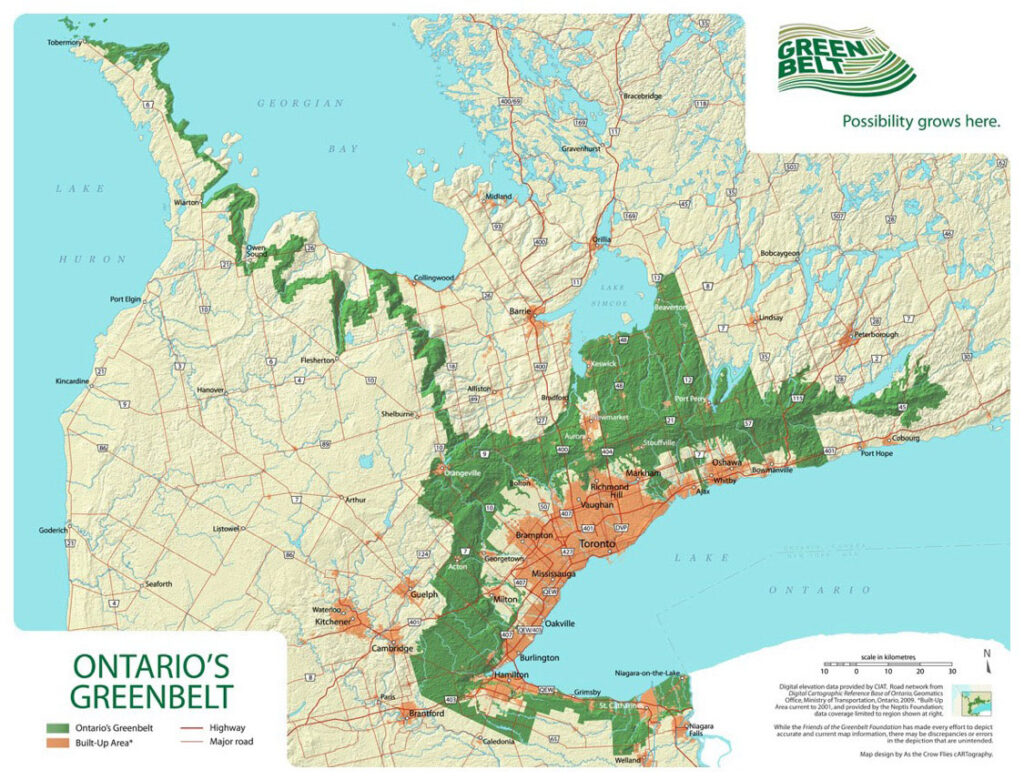In recent weeks there has been a lot of discussion about the use of Minister’s Zoning Orders (MZOs) in Ontario. Here in Markham I have received many questions and comments related to a couple of MZO applications submitted over the past few months, and Markham Council was asked by the Ontario Provincial Government to provide comments related to those applications. I’d like to provide some context as well as some specific reasons I have supported the MZOs that have come to Council in the past.
This is not a comprehensive list and is in no particular order:
1. MZOs are not new to the province – they have been in use since the 1970’s.
2. Since the 1970’s the time it takes to go through the process of approvals, public consultation, environmental assessment, permitting, and construction has increased significantly. What used to take months now takes many years to complete. This increased timeline has had a negative impact on delivering much-needed housing and has contributed to increasing housing costs, making many areas of the province unaffordable.
3. MZOs are a tool used by the Province to speed up the process of delivering a wide range of construction projects – from infrastructure to residential housing.
4. Also since the 1970’s land use limitations have increased significantly, in response to environmental preservation and water quality concerns. Examples in our area include the Green Belt, the Oak Ridges Moraine, and the Rouge Urban National Park. More than 65% of Ward 5 is in the Rouge National Park, and this land is protected – it will never be developed. Also, any lands that are considered wetlands, valley lands, woodlands (forest) are also protected from development.
While these restrictions are good for the environment and they do limit urban sprawl, they also have a negative impact on supply and therefore housing affordability.
Ontario’s Greenbelt is the world’s largest collection of protected green space.
5. The lands related to these recent MZOs are NOT part of any of the above protected land areas. The lands are considered “developable”. The only question is “when”? Many of the concerns I have heard from the farming and development community have not been related to the preservation of farmland, but rather why their lands are not being considered first. My response to these questions is: If you feel your land/development should be given consideration you have every right to submit an application either through “regular” channels, or through a Provincial MZO. The application should be reviewed and judged on its merit and benefit to the community, not based on when the lands were purchased.
6. Lands do not get servicing (water, sewers, roads, etc.) until after they are approved for development, so to say these lands are “not serviced” is irrelevant. The servicing will be provided and the cost for that servicing will be covered by the development itself – not the existing tax-payer base.
7. The hamlet of Dickson Hill is in close proximity to the lands in question. Residents of Dickson Hill have no water and sewer service. They are on well water and sceptic service, which is not very environmentally friendly. Dickson Hill needs – and has been asking for – running water and sewers. This new development will bring these services to the residents of Dickson Hill.
8. The Province and the Region of York establish population growth projections and set specific targets for new housing development to accommodate that growth in Markham. Municipalities are expected to keep pace with housing demand as populations increase. It is estimated that Markham is currently 40% behind on its committed delivery of new housing. This shortfall means supply is not keeping pace with demand, and again this leads to increased hosing prices.
9. Since I was elected to Markham Council in 2018 two topics have dominated development and policy discussions around the Council table:
What can we do to address the “crisis” in housing affordability? and
How can we do a better job of providing affordable housing options for our growing seniors population?
Each of the MZOs I have supported directly address these two very important challenges.
Developers are not required to construct purpose-built rental buildings, and there is little incentive for them to do so. Condominiums are much easier to finance and once the project is complete developers can move on to their next project. Purpose-built rental buildings require a very long-term financial commitment. “Affordable” purpose-built rentals are even more difficult to get built, for obvious reasons.
Flato Developments has included in their MZO development proposal 3 purpose-built rental buildings, with 100 units in each. All of the units will be geared to serving the needs of seniors and one of the buildings will have rental rates that fall within the Region’s definition of “affordable”.
I’m not sure how, in good conscience, I could continue to demand developers deliver purpose-built rentals and affordable seniors housing after refusing this application. It is precisely what we have been asking for.
10. The Town of Stouffville is growing and is running out of developable land. These projects are in fact an expansion of the Stouffville urban boundary. These lands ARE contiguous to existing/planned development – just not in Markham. In addition to existing retail services nearby, additional community amenities will be delivered as part of the overall new complete community development. This will include schools, community centre, parks, etc.
11. The Town of Stouffville and the City of Markham have been discussing this development for well over a year now, and I attended many public meetings where this development was discussed – so it did not come “out of the blue”. These meetings were advertised and were open for public participation. The discussion at those meetings was never “should these farmlands be developed for residential/mixed use”, rather the discussion was related to “what form should this new mixed-use development take.”
12. One of the main objections I have heard related to the use of MZOs is that approving one (or two or three) would set a precedent – it would “open the floodgates”, and development would run off the rails, out of control. This is highly unlikely. There is no legal basis to assume because one application is granted an MZO that any other application would automatically also be approved. Each application should be assessed on its own unique merits and in the context of that particular application. That is certainly how I approach these applications and how I will continue to in the future.
13. Simply because a project is granted an MZO it does not make it exempt from public oversight. The project must still go through the sub-division and site plan approval process – which is public, and it must adhere to any environmental constraints and conditions of approval agreed to.
Edit: I’ve been receiving additional questions so I’ll add to this a bit further.
14. Opponents of MZOs have concerns about the lack of an appeal process, so let’s talk about appeals. The current system works like this: the Province has basically delegated development application approvals to the municipalities. If the municipality makes a decision someone doesn’t like they are entitled to file an appeal – normally via the LPAT (formerly the OMB). Essentially the appeal is asking the Province to settle the dispute, since it is the Province that has that ultimate authority.
I’m hoping this incomplete list helps provide some context to the MZO process and helps you understand why I chose to support these recent applications.


